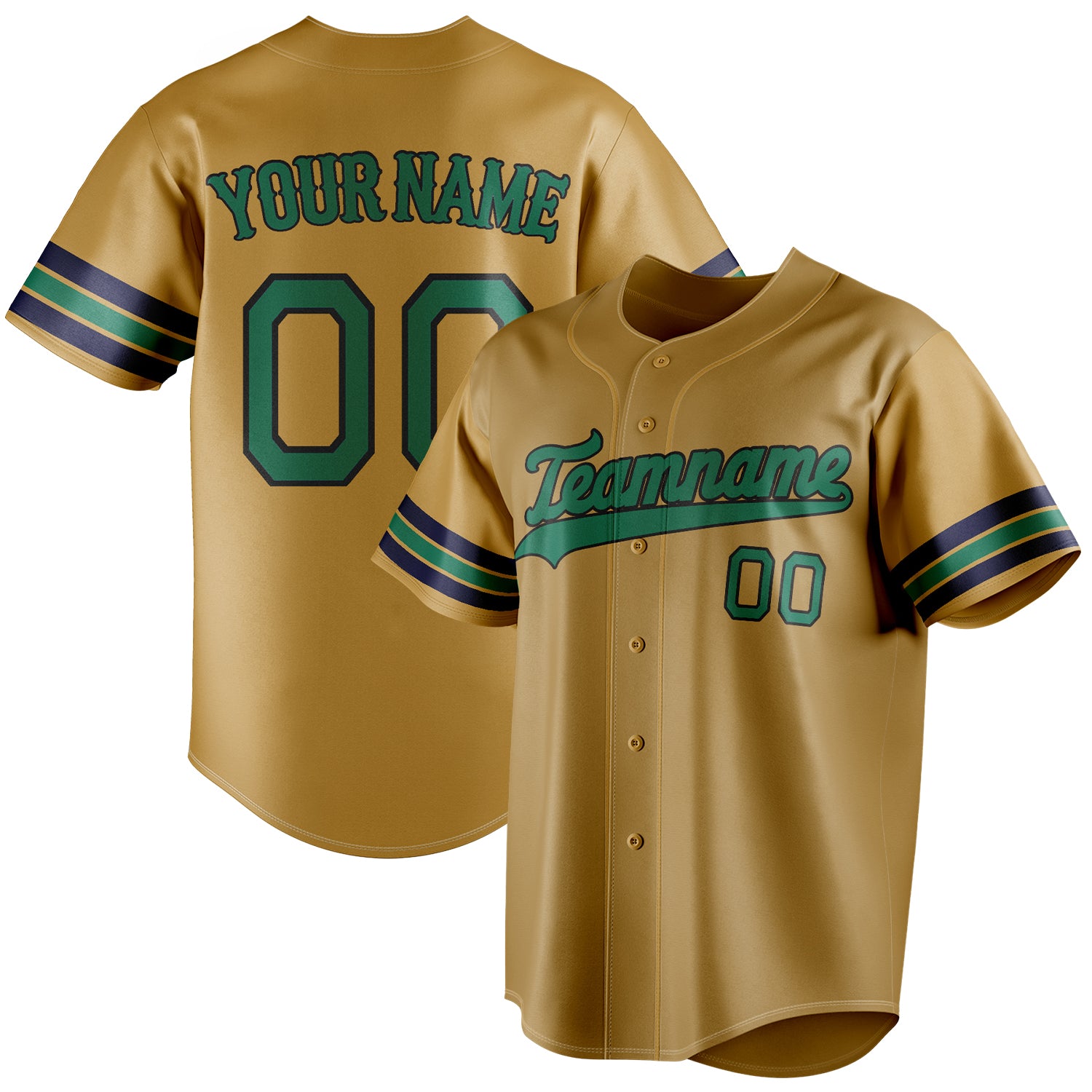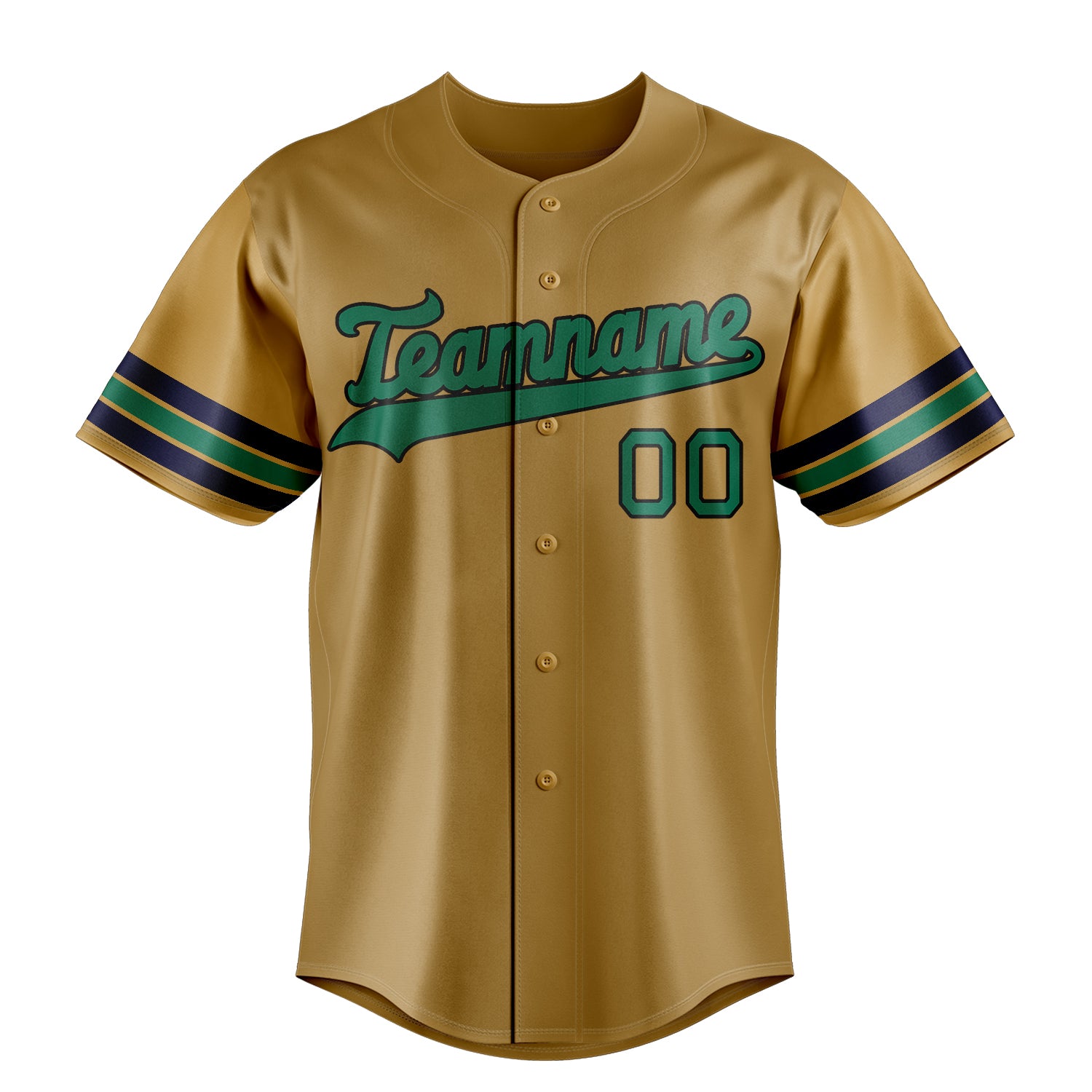In sports, the choice of colors plays an important role – not only in identifying teams, but also in the mood and perception of fans. Blue and yellow jerseys are particularly eye-catching and symbolic. The color combination of blue and yellow represents strength, hope, and energy in many cultures. But what do these colors really mean in the context of sports? Why do teams and players choose this specific color scheme?
Blue traditionally symbolizes calmness, trust, and loyalty—qualities that are crucial in sports, especially team sports. Yellow, on the other hand, embodies energy, optimism, and a spirit of optimism. Together, these two colors create an exciting contrast that commands attention on the pitch. For teams that want to exude both strength and dynamism, blue yellow jerseys therefore an ideal choice.
For the target audience looking for fashionable yet sporty jerseys, this color combination offers not only visual appeal but also a deeper emotional connection. It represents the team's cohesion, but also the individual desire for success and recognition. But how exactly can these emotions and values be combined in one jersey? And what makes this color choice so special compared to others?
Designing an ice hockey jersey: Combining creativity and team spirit
The opportunity to design your own ice hockey jersey offers a great opportunity to combine creativity with sporting commitment. For many fans and players, the jersey is not just a functional piece of clothing, but an expression of their personality and their connection to the team. But what should you consider when choosing a Designing an ice hockey jersey want?
First, it's about choosing colors and symbols that fit both the team and your own identity. Not only the outward appearance plays a role, but also the functionality of the jersey. Ice hockey is a fast-paced, physical sport, and the jersey must meet these requirements. It must be breathable, durable, and stylish at the same time.
For a target group that enjoys creativity and wants to contribute, designing an ice hockey jersey presents a particular challenge. It requires both a sense of fashion and an understanding of the needs of the sport. At the same time, designing your own jersey can also lead to an inner conflict: Should the jersey be more traditional to maintain team spirit, or can it be more unusual to emphasize your individuality?
This inner conflict can, for example, manifest itself in a simple conversation between two players:
“What do you think of our new jersey design?” asks one player.
“It looks good, but... maybe it’s too daring,” the other replies thoughtfully.
These short dialogues often reflect the uncertainties that accompany such decisions. Everyone wants to stand out, but no one wants to jeopardize the team spirit. Finding this balance is precisely what makes designing an ice hockey jersey so exciting and challenging.
Pink football jersey: A bold statement
The pink football shirt has become a real trend in recent years. While pink is traditionally associated with femininity, wearing a pink football shirt demonstrates courage and individuality. It's a color that stands out and sparks discussion. But there's often more to this color choice than just fashionable taste.
For many fans and players, the pink football shirt represents a conscious It represents a decision to deviate from traditional colors like white, black, or blue. It's a symbol of change and openness, a sign of a willingness to think beyond traditional role models. But this very openness can also lead to internal conflicts—not only among the players, but also among the fans.
A player who chooses a pink football shirt might initially appear confident and proud. But in a crucial match, when everyone's eyes are on him, he might suddenly doubt his decision. This uncertainty may not be expressed directly, but it will show up in small gestures, hesitant movements, or a moment of indecision on the field.
Such an inner conflict could be expressed in a short dialogue as follows:
“Why are you wearing pink?” asks a fellow player.
"Because it's different. But... sometimes I wonder if it was the right choice," the player admits.
This brief exchange demonstrates the complexity of the decision to wear a pink football shirt. It's not just about fashion or style, but also about the courage to be different and to challenge the expectations of others.
Multifaceted emotions in sports: When jerseys are more than just clothing
Wearing a jersey, be it blue and yellow, pink, or a custom design, is always associated with emotions in sports. These emotions are often complex and multifaceted, reflecting not only pride in one's team, but also personal struggles and inner conflicts. It becomes especially exciting when different emotions and narrative threads are interwoven.
A player who should be proud pink football jersey might simultaneously struggle with insecurity. Another, who has chosen a classic blue and yellow jersey, might find that this very decision gives them security—but in crucial moments, they might feel the pressure that comes with this color choice. Both players, despite outwardly making different decisions, are internally struggling with similar feelings: the pressure to prove themselves and the fear of failure.
This mixture of pride, uncertainty, and anticipation is what makes sports, and especially the choice of jersey, so emotionally charged. The colors and designs chosen by players and fans often reflect deeper emotional layers that aren't immediately apparent.
The escalation of emotions: When the decision becomes a turning point
In a particularly tense moment, such as a decisive match, a player's inner conflict might come to a head. The player in the pink soccer jersey has one last chance to shoot the ball into the goal. But the second he's about to shoot, he hesitates. A thought flashes through his mind: "What if I don't make it? What if everyone laughs at me?"
This hesitation is enough to let the defender approach and intercept the ball. The moment is over, and with it the opportunity to win the game. But it's precisely in this moment of defeat that the player realizes that it's not about the jersey—it's about him, his inner strength, and his belief in himself.
This realization, however painful, gives him the strength to keep going. The inner conflict that has accompanied him up to this point slowly dissolves. It's the moment when he understands that it's not the colors or the design that define him—but his actions on the field.
Conclusion: Jerseys as an expression of identity and emotion
Whether it's a blue and yellow jersey, a pink soccer jersey, or a custom-designed hockey jersey, each of these garments carries a deeper meaning. They are not only symbols of teams and sports, but also of the individual struggles that each player and fan carries with them.
For the target group seeking individuality and creativity, these jerseys offer the opportunity to express themselves while simultaneously being part of a greater whole. But behind every decision lies an inner conflict that often only surfaces at crucial moments.
Choosing a jersey is more than just a fashion decision. It reflects the wearer's personality and inner struggles. And therein lies the true power of these jerseys—they are an expression of courage, individuality, and the pursuit of success, despite all the insecurities that accompany us.
https://tailorly.de/collections/neongrun-fussballtrikot-set
https://tailorly.de/collections/schwarz-fussballtrikot-set
https://tailorly.de/collections/blaugrun-fussballtrikot-set
https://tailorly.de/collections/rot-fussballtrikot
https://tailorly.de/collections/fussballtrikot-set
https://tailorly.de/collections/fussballtrikot
https://tailorly.de/collections/collegejacke









